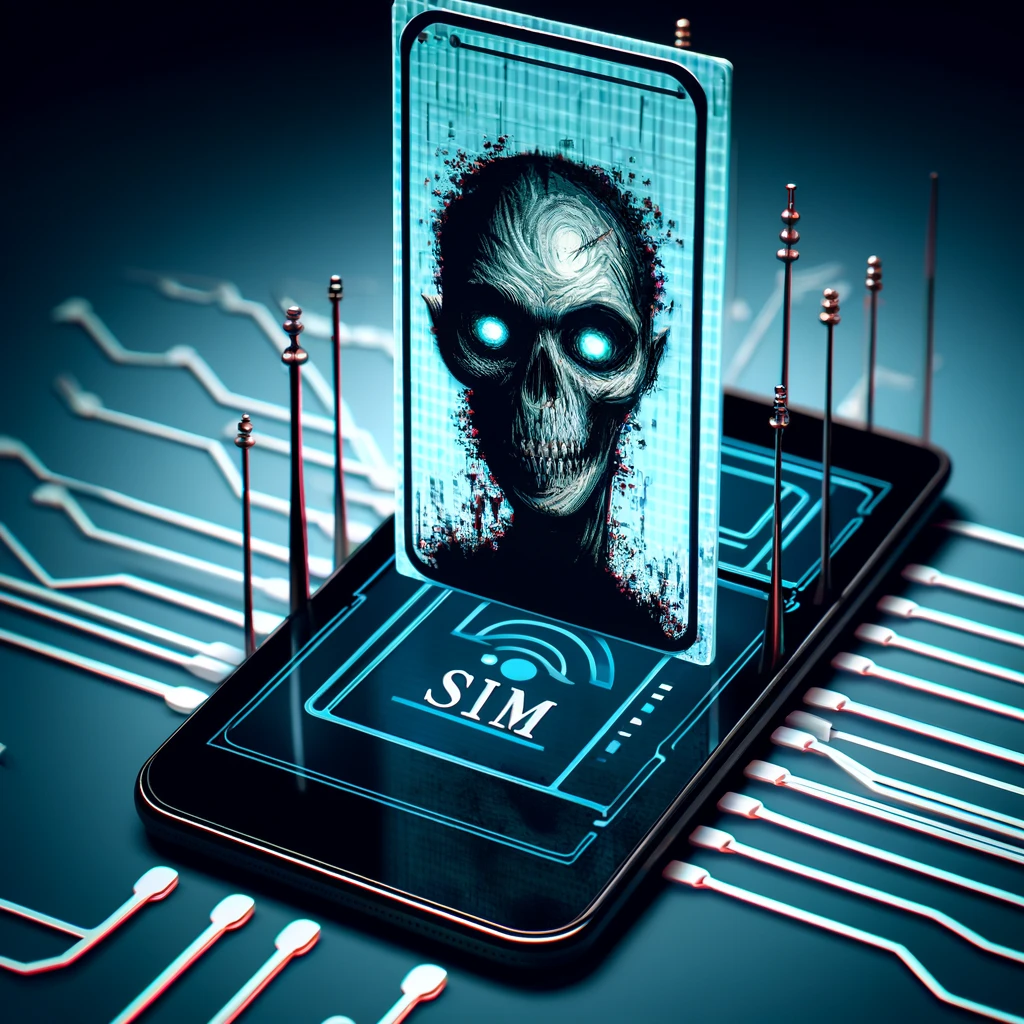
The digital age has ushered in a new era of cybersecurity threats, with smart devices at the forefront of this battleground. A particularly insidious threat is the emergence of a smartphone computer virus that can turn devices into what are termed zombie phones. This virus persists even in the absence of a SIM card, embedding itself in the device’s partition, making it resistant to traditional fixes like changing the SIM card.
A zombie virus in the context of smartphones is a type of malware that takes control of the device, using it to perform malicious tasks without the user’s consent or knowledge. When a phone is infected with such a virus, it becomes part of a botnet—a network of infected devices controlled remotely by cybercriminals. These devices, now referred to as “zombie phones,” can be commanded to send spam, partake in Distributed Denial of Service (DDoS) attacks, or steal personal information.
The absence of a SIM card does not impede the virus’s functionality. Smartphones, even without a SIM card, can connect to Wi-Fi networks, allowing the malware to communicate with its command and control center, receive instructions, and exfiltrate data. The virus is not just an app or a piece of code running at the surface level—it embeds itself deep within the device’s system, often in a separate partition, which is not affected by changes to the user-accessible areas of the phone.
Changing the SIM card in an attempt to rid the device of the virus is, therefore, an ineffective solution. The virus resides in the phone’s firmware or a protected partition, areas that are not typically altered by switching SIM cards or even performing a standard factory reset. This resilience makes the zombie virus particularly dangerous and difficult to eliminate.
The implications of such a virus are significant. Individuals could unknowingly harbor and propagate a cybersecurity threat, contributing to large-scale attacks or becoming victims of data theft. For organizations, a single infected device could compromise the entire network, leading to data breaches, operational disruptions, and financial losses.
Addressing this challenge requires a multi-layered approach. Users should be cautious about the apps they download, staying away from unverified sources. Regular software updates are crucial, as they often include patches for known vulnerabilities. In case of suspicion that a device is infected, it’s advisable to consult with cybersecurity professionals who can perform a more thorough cleansing of the device, possibly needing to reflash the firmware to eradicate the virus completely.
For the tech industry, this underscores the need for robust security measures at all levels of device architecture, from the hardware components to the operating system and applications. The industry must also foster user education, helping individuals understand the risks and the steps they can take to protect themselves.
The zombie virus on smartphones without SIM cards represents a nuanced cybersecurity threat that challenges conventional wisdom on device safety and malware removal. It highlights the evolving nature of cyber threats and the need for comprehensive security strategies that go beyond the surface level, ensuring the protection of our increasingly connected lives.